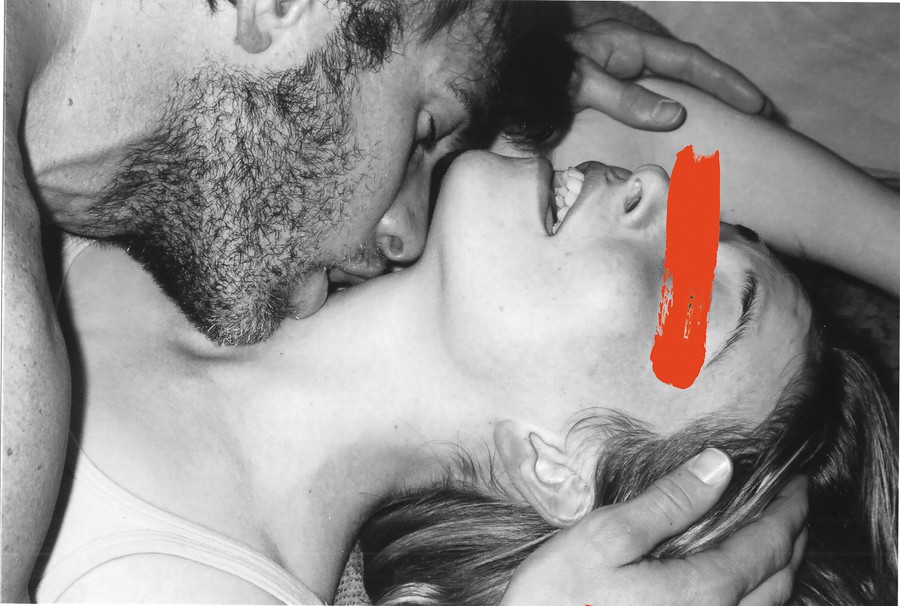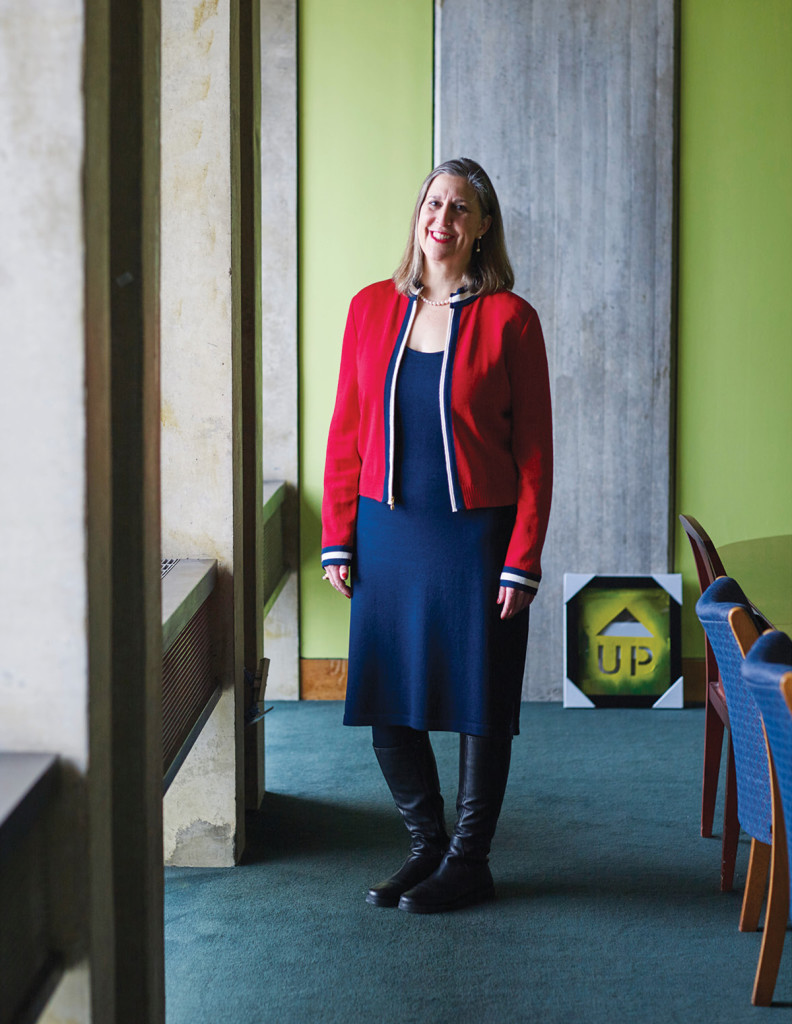Company One Theatre production Dramaturg Jessie Baxter sat down with Director Summer L. Williams to talk about the Revolt. She said. Revolt again. rehearsal process and what life might look like for women in a world without patriarchy.
What grabbed you when you first read the script and made you think, “This is a project I need to work on?”
SLW: I love when I read something and it feels like I don’t actually know how to read anymore — that was my first experience reading this piece. On the page it made wonder who was meant to be speaking, and who I wanted to be speaking. It made me think about the bodies that the words inhabit, and the effect those bodies have on the words. I loved that it was so open, because I could create a vision for it in my head. It was so malleable that it was scary, and anything that’s super scary feels like the thing I want to do.
What do you think the expectations might be for audiences coming to see this play? What ideas do you hope to upend?
SLW: I think the expectation might be that this is a play about some badass women who are doing some badass things in the name of feminism or women’s rights. What one might not expect is the darkness that surrounds all that. I think Alice is offering an entry point into a conversation about what it means to be a woman, and the particular ways society feels women should behave, but that idea can’t actually be explored without including the nastiness behind all of it.
It’s about walking that line of confident badassery, but also showing the vulnerability. There has to be both.
SLW: Right. This is not necessarily the emblem I hold highest for feminism, but the thing that struck me about Beyoncé’s recent, acclaimed visual album Lemonade was here she is, hot sauce in her bag, skipping around in her Oshun yellow dress, owning shit and kicking ass. But also, several moments later, she wants to reconcile with this man who hurt her so deeply, but who she loves so profoundly. And she understands that it’s cyclical, because she watched her father do the same thing to her mother, but understands the love they carried for each other and for their children. It’s a really full package, and we don’t always talk about how heavy that package is: to want to walk confidently and boldly in the world, but also needing to reconcile your heart within all of that too.
I think this play also asks us to think about what life as a woman looks like now, versus x-number of years from now. How are you thinking about that question?
SLW: It makes me think of a text exchange between a mother and daughter that recently went viral, where the mother prompts the daughter at the end of the exchange, “Which is why we…?” And the daughter responds, “SMASH THE PATRIARCHY.” That feels wildly new to me, and I’m not that old, so I know that means something about the time we’re in now and about the time that the play is maybe urging us towards. In thinking about the history of women, or the history of any group of people who have been marginalized or objectified in some way, there have been points in time where it feels like, “Now is the time to seize this new thing, to further whatever it is we are trying to do.” This feels like one of those moments to me, to smash the patriarchy. I don’t think I knew what patriarchy was when I was thirteen.
When we look at mainstream feminist history, and how it’s separated into waves, those waves were generally confined to a single generation. There’s something about this current moment, and I’m sure social media is a huge part of it, where women from different age groups, geographic regions, economic backgrounds, and racial backgrounds are connecting more than before. It feels like there’s a real conversation happening about what it means to be intersectional – to take race, class, and ability into account as we discuss gender dynamics – and I wonder how that will play out in the years to come. As we’ve been talking about that possible future in rehearsal, we’ve been exploring the ideas of AFROPUNK and AFROFUTURISM. Can you talk about why those concepts are important to this process?
SLW: Number one, it has a lot to do with my own lens, right? As a black woman, the first time I read the play I thought, “This is an awesome play, but I don’t hear or see myself in it.” I had to think about what I, conceptually, needed to be able to see or hear myself in it. That’s what brought me to afropunk and afrofuturism. The afrofuturism piece helps me see myself in it. I want to know that, even if we’re moving to a total dystopian future, I want to know that I’m there! I don’t want to be in District Eleven (the district where the black citizens live in The Hunger Games, a dystopian adventure trilogy of books and films). I want to know that I’m part of something; we’re all in something together.
Afrofuturism creates the opportunity to recognize how the past has influenced our path, and how we can make different choices to get to a better future. One of the core tenets in afropunk is there are no phobias; the idea is that you are welcome as the exact person you are in this moment, come as you are. That idea feels important to the feminist future and feels deeply resonant to me. One of the ways we all figure out who we are is in how we present ourselves to the outside world, in terms of our style and our choices. Some people want brightly colored hair, and some people want to wear skirts that are down to their ankles, right? And there has to be room for both to exist in the same space, without one being critical of the other.
One of the big questions we have been asking in this process is, what does the world look like if patriarchy doesn’t exist? What might a feminist utopia look like to you? These are some big questions.
SLW: I think my very simple answer is, if sometime in the not so distant future, every single female-born or female-decided person, from the moment of their conception, whatever that is for them, understands that their worth is not measured by anything that has to do with their body. That the value of their life doesn’t have to pass some sort of test. If every single person can feel, immediately and continually, that they were enough. That, as a start, is my feminist utopia. And that’s not to say that I don’t think men grapple with those issues, I believe that they do, but I think when women are grappling with those issues they tear themselves up inside. If we could just figure out how to eradicate the mechanisms that have been created that make us want to tear ourselves up inside, that would, in my mind, be the place we are trying to go. So it’s not at all about women and their relationships to men. It’s about edifying, fortifying women and their relationship to themselves, so they are able to hold the space they are in confidently, without external forces trying to chip away at it.
Great, I think we nailed it. Let’s go do that.
REVOLT. SHE SAID. REVOLT AGAIN. By Alice Birch, Directed by Summer L. Williams. Oct. 21-Nov. 19. Company One Theatre. At Plaza Theatre, Boston Center for the Arts. 617-933-8600, www.companyone.







